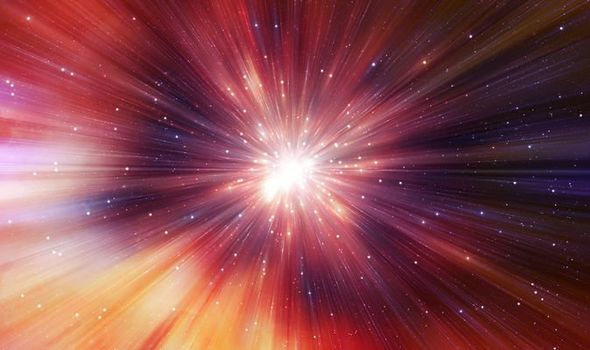Staring into the void: Video uncompressed
Every now and then I hear the demand for uncompressed video and I must admit, I do allow myself a little smile. I suspect what is meant is ‘lossless’. It goes without saying that we don’t want to lose anything – and video quality is no different. Quite right. If you are using a TV monitor to view the background radiation of the universe from the time of the Big Bang – then absolutely – you should insist on “uncompressed video”. It is essential to faithfully reproduce white noise.
 If however your image contains some structure and form, then image entropy is greatly reduced – this means the amount of variation and randomness is reduced. So let’s ask the question. How much less than white noise do we want to have to see a usable image – 10%, 25%, 50%? How much structure and form do we want from randomness?
If however your image contains some structure and form, then image entropy is greatly reduced – this means the amount of variation and randomness is reduced. So let’s ask the question. How much less than white noise do we want to have to see a usable image – 10%, 25%, 50%? How much structure and form do we want from randomness?
Too much of a good thing?
Well h.264 assumes 200/1 or 99.5% less randomness and produces a reasonable image, albeit a bit slow resulting in high latency. Not good for surgical video or other mission critical applications.
SDVoE assumes 25%. And this is done a few lines at a time resulting in lossless video compression with imperceptible latency. Remember, it is harder to compress than not compress and this compression is needed to take advantage of standard network capacity – meaning one switch port and one cable to transport one video signal – not two of each for uncompressed. If we assume you are wanting to view a meaningful image then do not worry about SDVoE compression of 1.3:1. Just enjoy the most cost-effective, highest quality AVoIP solution for digital video.
If you want to stargaze hypnotically into the visual manifestation of the cosmos noise and you would be troubled if you detected subtle inaccuracies in the form of a bit of unwelcome structure, then do insist on uncompressed video and pay double for transmission.


